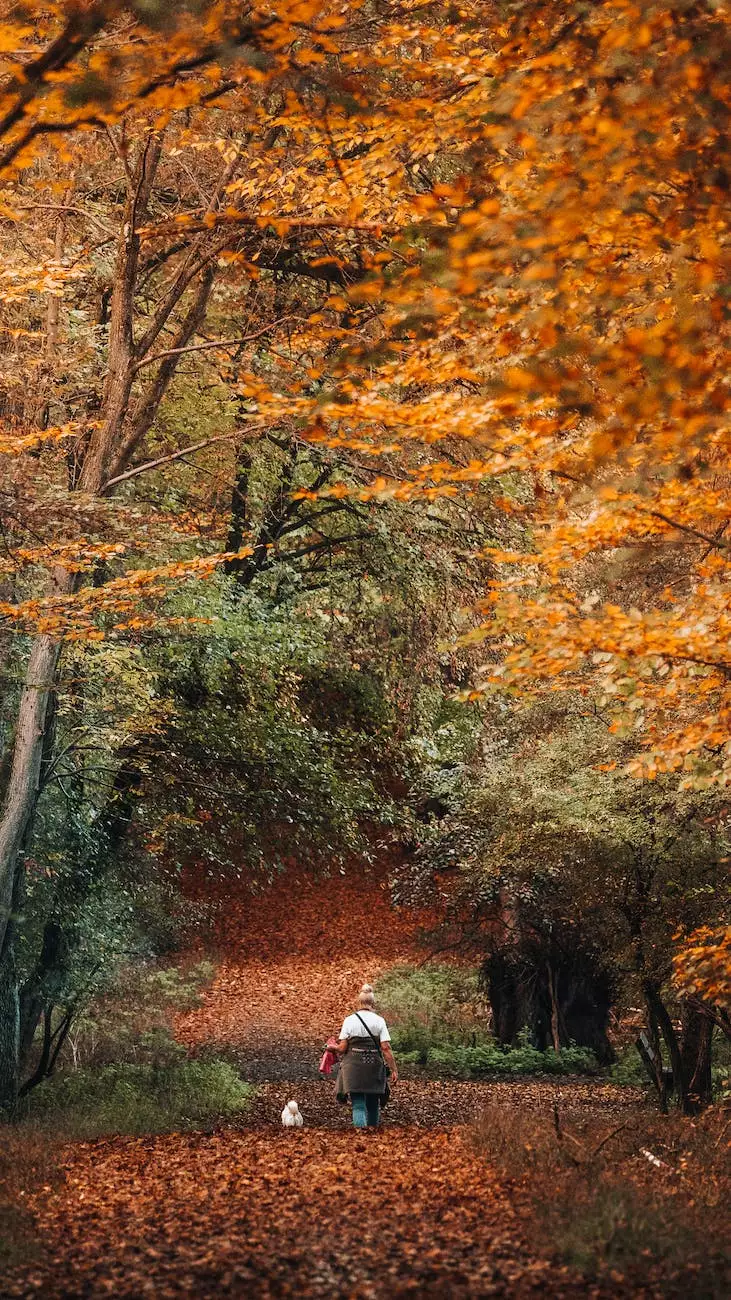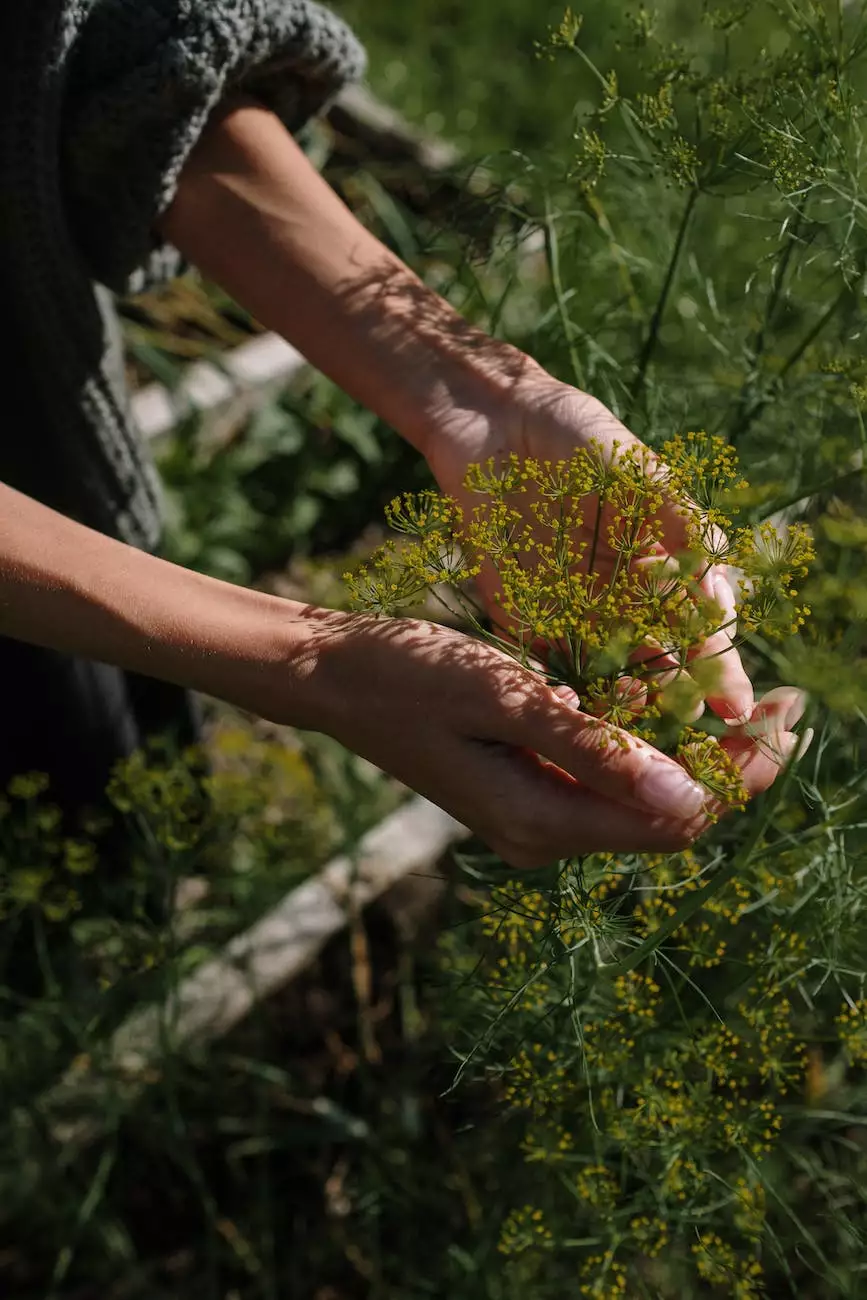More Walk for Old Dogs Tidbits - HGRBS
Compassion Fatigue
Introduction
Welcome to HGRBS, your trusted source of information and tips for all things related to home and garden. In this article, we will dive into the topic of walking tips for old dogs. Aging dogs still need regular exercise to maintain their health and happiness. Here, we'll provide you with some valuable insights and practical suggestions to make your walks with your old canine companion more enjoyable and beneficial.
The Importance of Regular Exercise for Old Dogs
Regular exercise is crucial for the overall well-being of old dogs. It helps maintain their joint mobility, keeps their weight in check, and prevents muscle loss. Physical activity also promotes mental stimulation, which is essential for their cognitive health. Walking is one of the simplest and most effective exercises for dogs of all ages, including seniors.
Tips for Walking Old Dogs
1. Gradually Increase the Duration
When walking an older dog, it's important to remember that they may not have the same stamina as they once did. Start with shorter walks and gradually increase the duration as your dog becomes more comfortable. This approach prevents them from getting exhausted or experiencing any pain or discomfort.
2. Choose the Right Surface
The surface you walk your old dog on can significantly impact their joint health. Opt for softer surfaces like grass or dirt paths to minimize the impact on their joints. Avoid hard surfaces such as concrete, as they can contribute to joint pain and discomfort.
3. Use a Comfortable Harness or Collar
Older dogs may have sensitive necks or trachea issues, so it's best to use a comfortable harness rather than a collar during walks. A harness evenly distributes the pressure across their chest, reducing strain on their neck and throat.
4. Take Frequent Breaks
Give your old dog enough time to rest and recover during walks. Take frequent breaks, especially if you notice signs of fatigue or discomfort. Remember, it's important to listen to your dog's cues and adjust the walking routine accordingly.
5. Provide Mental Stimulation
Incorporate mental stimulation into your walks by allowing your old dog to explore their surroundings. Let them sniff, investigate new scents, and engage with the environment. Mental stimulation can help keep their minds sharp and promote overall well-being.
6. Consider Environmental Factors
Pay attention to the weather and temperature when planning walks with your old dog. Avoid extremely hot or cold conditions, as they can be uncomfortable or even dangerous for senior dogs. During hot weather, opt for early morning or evening walks when it's cooler.
7. Maintain a Consistent Routine
Old dogs thrive on routine, so try to establish a consistent walking schedule. Regular exercise at the same time every day helps them feel more secure and provides a sense of stability. Aim for at least one walk per day, but adjust the duration and intensity based on your dog's individual needs and capabilities.
Conclusion
Walking your old dog is not only beneficial for their physical health but also for their mental well-being. By following the tips mentioned above, you can make the most out of your walks and ensure your senior dog enjoys the exercise while staying comfortable. At HGRBS, we are committed to providing you with valuable insights and expert advice on various topics related to home and garden, including pet care and well-being. Stay tuned for more useful articles!




